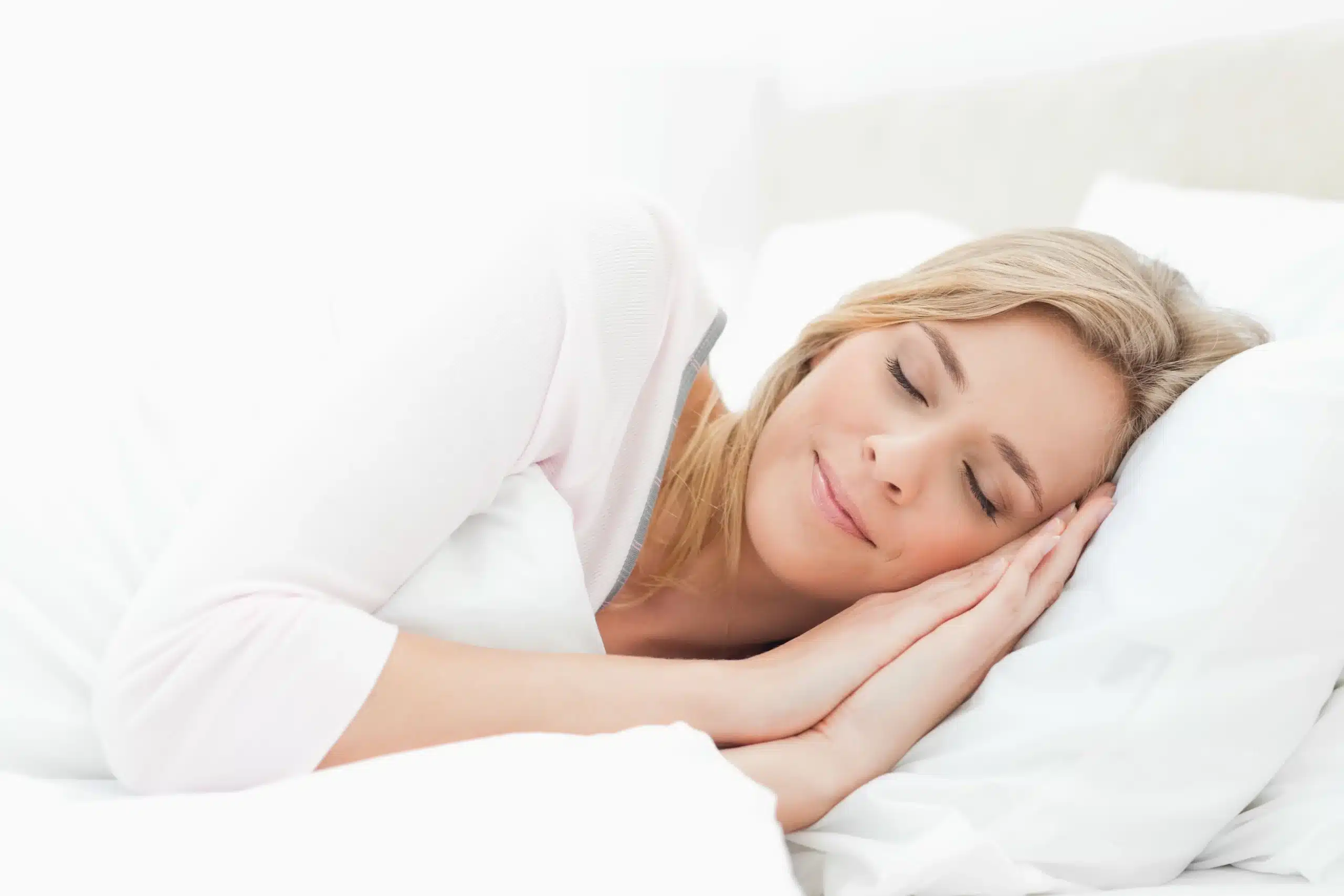If you’ve been diagnosed with obstructive sleep apnea (OSA), you may feel overwhelmed by treatment options, especially if you’ve struggled with bulky CPAP machines. At Azuma Dental in Honolulu, HI, we offer a better way.
Dental sleep devices provide a proven, comfortable, and non-invasive solution to help you sleep soundly and wake up refreshed. These custom-fitted appliances are designed to keep your airway open throughout the night, helping you breathe easier and live healthier.
Understanding the Different Types of Dental Sleep Devices
Dental sleep devices come in two primary forms: mandibular advancement devices (MADs) and tongue retaining devices (TRDs). Each type works in a unique way to prevent airway collapse during sleep.
MADs work by gently repositioning the lower jaw forward. This movement helps prevent the soft tissues of the throat from blocking airflow. Because they’re adjustable and custom-fit to your mouth, they offer a blend of comfort and effectiveness.
TRDs, on the other hand, are ideal for patients who may not be candidates for MADs due to dental or jaw issues. These devices hold the tongue forward, keeping the airway open without altering the position of the jaw.
Whether you’re best suited for a MAD or TRD, both options are FDA-approved and designed to improve your breathing, reduce snoring, and support better sleep.
Key Benefits of Choosing a Dental Sleep Device
Many patients come to Azuma Dental seeking relief from OSA that doesn’t involve machines, masks, or noise. Dental sleep devices offer a number of benefits that go beyond simply managing symptoms.
One of the most compelling reasons to consider this therapy is how easy it is to use. No cords, no electricity, and no need to travel with extra equipment, just a discreet device that fits comfortably in your mouth.
Here’s what makes them such a popular choice:
- Non-invasive and quiet: Unlike CPAP, these devices are silent and easy to use nightly.
- Custom fit for comfort: Designed specifically for your bite and jaw alignment.
- Improves quality of life: Better sleep leads to sharper focus, improved mood, and reduced health risks.
- High adherence rate: Most patients find them far easier to stick with than CPAP.
These benefits add up quickly. Within weeks of consistent use, many of our patients report feeling more energized, alert, and ready to take on their day, without the fatigue OSA can cause.
Dental Devices vs. CPAP: What’s the Real Difference?
When weighing options for sleep apnea treatment, CPAP machines are often the first method people hear about. However, for patients with mild to moderate OSA, dental devices may offer equal, if not superior, results.
Clinical studies have shown that MADs and TRDs are highly effective in reducing nighttime breathing interruptions. They also help decrease snoring, benefiting both you and your sleep partner. Most importantly, they’re portable and easy to maintain, making them ideal for travel or everyday use.
What truly sets them apart is ease of use. Many patients abandon CPAP due to discomfort, noise, or inconvenience. In contrast, dental sleep devices are compact, nonintrusive, and comfortable enough for nightly wear. That’s why they consistently score higher in adherence, meaning better long-term outcomes for patients who want real relief from OSA.

Who’s a Good Candidate for a Dental Sleep Device?
Not every patient with sleep apnea needs the same solution. That’s why we begin with a detailed assessment at Azuma Dental. Determining your eligibility for a dental sleep device starts with a proper diagnosis, often confirmed through a sleep study.
Once OSA is confirmed, we evaluate a few key factors: the structure of your jaw, the condition of your teeth and gums, and the severity of your symptoms. MADs are often suitable for those with good jaw and dental health, while TRDs may be recommended for patients who require an alternative due to bite alignment or oral comfort concerns.
Your personalized treatment plan will also include coordination with your sleep physician and, if needed, other specialists. Our goal is to provide a therapy that not only works, but works for you long-term.
What About Side Effects? Here’s What to Expect
Like any medical treatment, dental sleep devices can come with minor side effects, but most are temporary and easily managed. At Azuma Dental, we walk you through what to expect so you can feel confident and informed every step of the way.
The most common side effects include:
- Mild jaw discomfort or tightness, particularly in the early adjustment phase.
- Dry mouth or slight changes in bite alignment after long-term use.
- Minor tooth pressure in the beginning stages of wear.
These symptoms typically resolve as your mouth adjusts to the appliance. With a properly fitted device and regular follow-ups, these effects are rare and manageable. Our team monitors your progress closely and makes any needed adjustments to ensure comfort and effectiveness.
Take the First Step Toward Restful Sleep in Honolulu
If sleep apnea is disrupting your nights, and your days, there’s a solution that doesn’t require noisy machines or invasive procedures. At Azuma Dental, Dr. Eugene Azuma offers gentle, customized dental sleep devices designed to fit your lifestyle and help you breathe easy again.
It all starts with a consultation. We’ll evaluate your needs, collaborate with your sleep physician if necessary, and walk you through the best options for care. With ongoing support and tailored adjustments, we’re with you every step of the way.
Let us help you reclaim restful nights and energized mornings, with a solution that’s as simple as it is effective.
Azuma Dental
Dr. Eugene Azuma
1580 Makaloa Street #950
Honolulu, HI 96814
(808) 955-6677
Frequently Asked Questions
Are dental sleep devices comfortable to use?
Yes. Both MADs and TRDs are designed for comfort and customized to fit your mouth precisely, making them easy to wear throughout the night.
How effective are dental sleep devices for OSA?
Dental sleep devices have been proven highly effective for treating mild to moderate OSA, with many patients experiencing dramatic improvement in sleep quality and daytime energy.
Can dental devices replace CPAP?
For many patients with mild or moderate OSA, dental devices are a reliable and more user-friendly alternative to CPAP, especially when comfort and adherence are key concerns.



